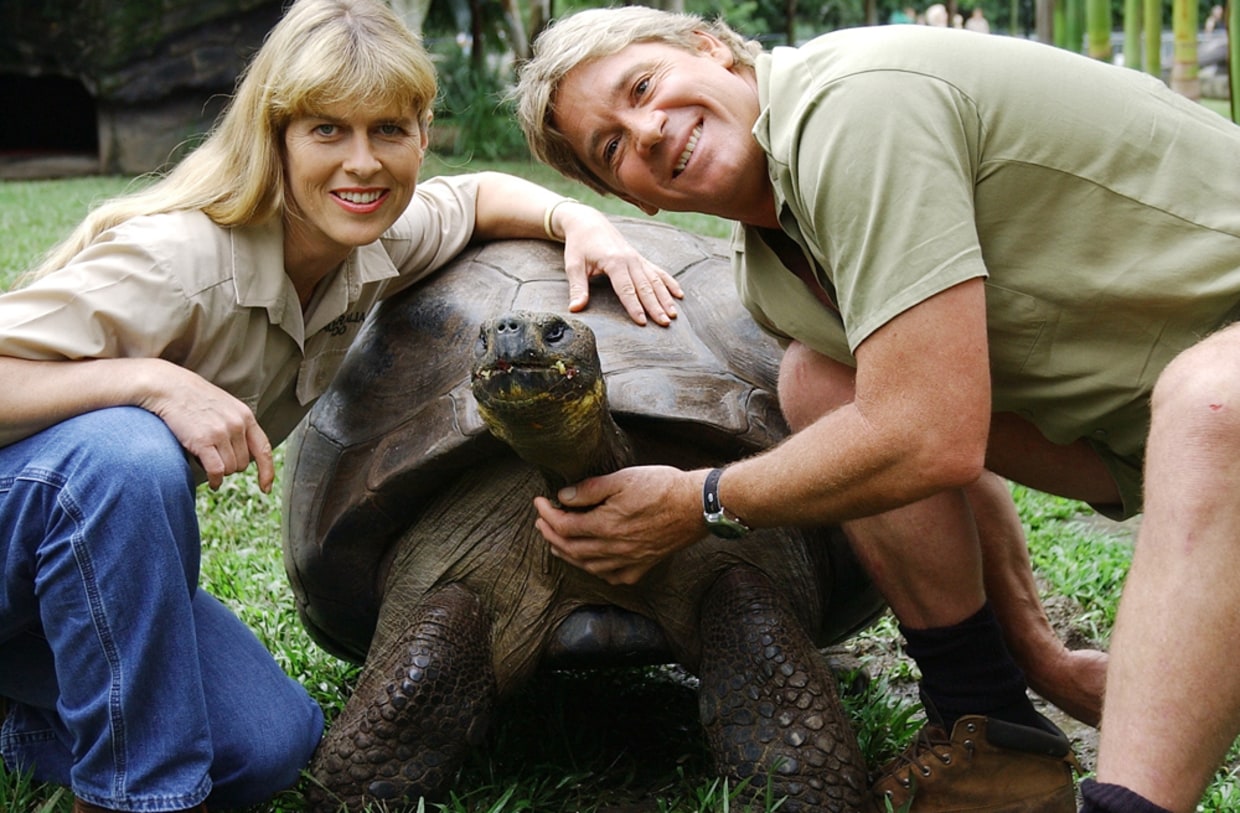“There was always a chance we could’ve lost him, but to me, he always seemed indestructible.”
On September 4, 2006, the world lost one of its most passionate wildlife warriors. Steve Irwin — the Crocodile Hunter — had spent his life wrestling crocodiles, handling venomous snakes, and swimming alongside sharks, yet his death came at the hands of an animal few would ever fear: a stingray.
That morning, Irwin was filming Ocean’s Deadliest, a documentary exploring the dangerous sea life of Australia’s Great Barrier Reef. When poor weather conditions stalled the day’s main shoot, he decided to capture some lighthearted footage for Bindi the Jungle Girl, a children’s program hosted by his then eight-year-old daughter.
Wading into shallow waters, Irwin encountered a stingray resting on the seafloor. Stingrays are generally docile, choosing to glide away from threats. But this one, startled by his approach, lashed out. Its tail whipped forward, striking him several times in the chest. At least one blow pierced his heart. In the moments afterward, Irwin believed his lung had been punctured as well. The venom, combined with the trauma, proved fatal before medical help could arrive.
A Gentle Creature, a Rare Accident
For a man who survived encounters with the planet’s most dangerous predators, the idea that a stingray could end his life shocked millions. Toxinologist Jamie Seymour, a friend of Irwin’s, called it “just a really bad accident,” explaining that if Irwin had approached from a slightly different angle or under different light, the tragedy might never have happened.

Stingrays rarely attack humans. In Australia, only five stingray-related deaths had been recorded since 1945, and globally, just 20 in the same period. Yet in the days following Irwin’s death, grief and misunderstanding fueled acts of misguided vengeance. Several stingrays were found dead along Australian beaches, some mutilated — an outcome that horrified Irwin’s colleagues. “That’s the last thing Steve would want,” said Michael Hornby of Wildlife Warriors Worldwide.
An Outpouring of Grief
The news broke like a shockwave. In Australia, fans wore black armbands and gathered in pubs to remember the man in khaki who brought the wild into their living rooms. Around the world, tributes poured in. Even in the U.S., CNN devoted much of its coverage that week to Irwin’s life and legacy. Actor Russell Crowe, a friend, summed it up: “There are not many zookeepers who would command that sort of attention. All that means is: you got your message across.”
At Irwin’s beloved Australia Zoo — the 700-acre wildlife park he had built with his family — mourners left flowers, letters, and keepsakes. The crowds grew so large that police had to reduce local speed limits to keep visitors safe. Terri Irwin, his wife and partner in conservation, announced that the public memorial would be held in the zoo’s Crocoseum, the only place Steve would have approved. The televised vigil reached an estimated 300 million viewers.
A Life Built on Passion
Steve met Terri in 1991 when she visited the then-Queensland Reptile and Fauna Park. Their shared love for wildlife led to a whirlwind romance; they married a year later, creating The Crocodile Hunter during a conservation-focused honeymoon. Every dollar earned from their television success went into expanding the zoo and funding conservation efforts.

Terri, who has continued to run the zoo since his death, has never sought another relationship. “I totally got my happily ever after,” she told Us Weekly in 2024. “Can you see another Steve Irwin? I just can’t.”
The World Around That Day
While Irwin’s passing dominated headlines, the world on September 4, 2006, was already a turbulent place. It was Labor Day in the U.S., where thousands of first responders from the 9/11 recovery filed a negligence suit against New York City over toxic exposure. Britain was mourning 12 soldiers lost in a military plane crash — its worst military loss since the Falklands War.
Globally, the environment was suffering. That year had already seen catastrophic oil spills from war and corporate negligence — from the Lebanon coast to the Philippines. Irwin had spoken out against such destruction, warning that human conflict was often the greatest threat to nature.
Beyond environmental crises, geopolitics were tense. The 2006 Lebanon War had ended in a fragile ceasefire just weeks earlier. North Korea was preparing for its first nuclear weapons test. And in the realm of science, the International Astronomical Union had controversially stripped Pluto of its planet status, sparking debate and backlash.
The Final Resting Place
Irwin was laid to rest at Australia Zoo, the place he called home and his “gift to the entire world.” It remains both a conservation center and a pilgrimage site for those inspired by his work.
For many, Steve Irwin’s death felt like the silencing of a rare, unfiltered voice — one that celebrated not only the beauty of nature but also its fragility. He approached life with infectious enthusiasm, fearlessly stepping into the habitats of creatures most would avoid, and urging the world to care for them as fiercely as he did.
“Khaki isn’t just a color,” he once said. “It’s an attitude, mate.” On September 4, 2006, the world lost that khaki spirit. But through his family, his zoo, and the millions he inspired, Steve Irwin’s passion for the wild endures.
FULL VIDEO :